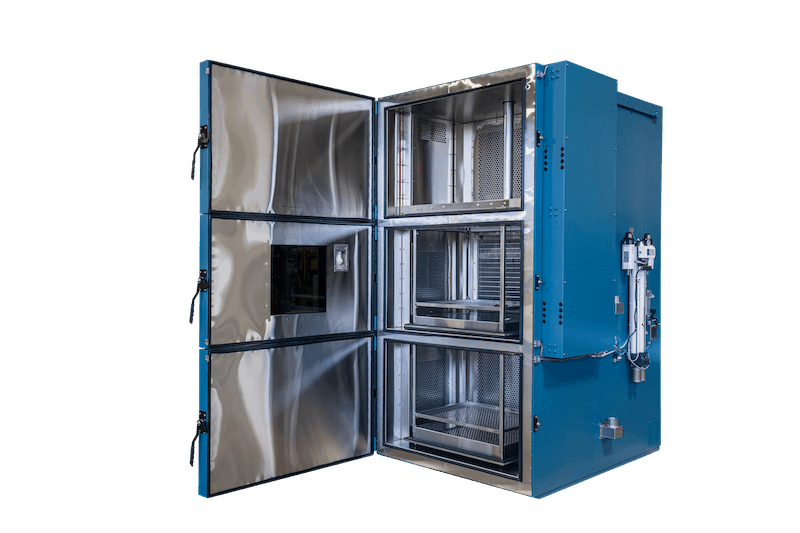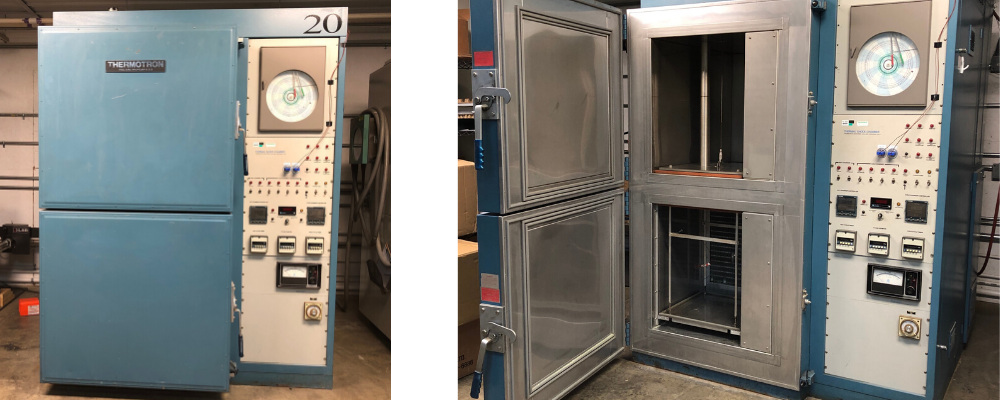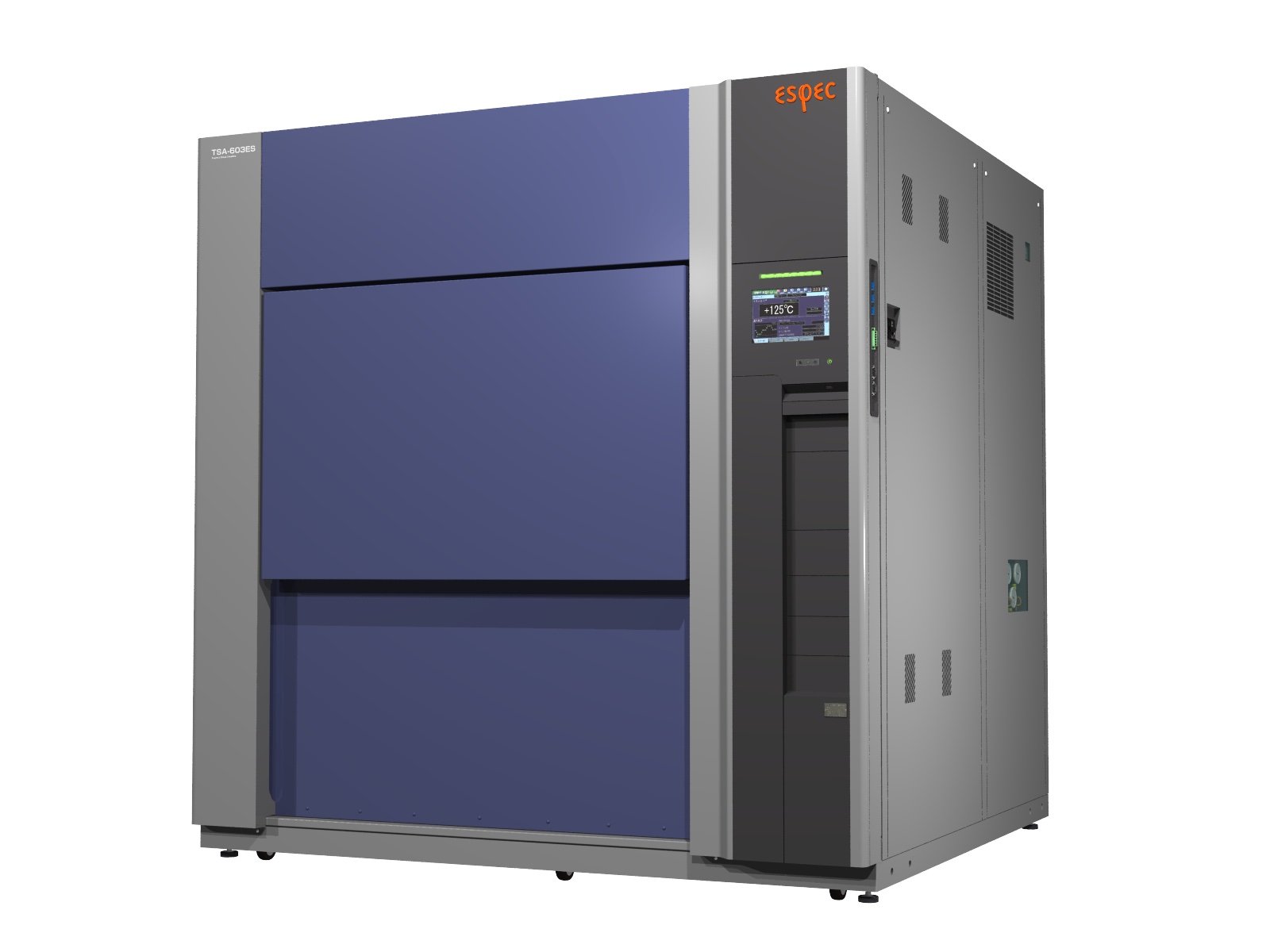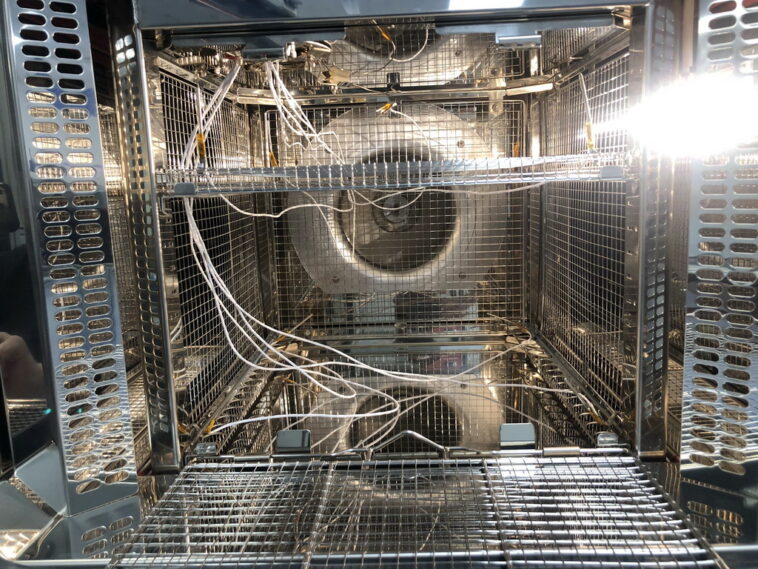Thermal shock chambers are specialized pieces of equipment designed to assess the reliability and durability of materials and electronic devices by subjecting them to extreme changes in temperature. This process, known as thermal shock testing, helps identify potential weaknesses in product design and manufacturing, ensuring that materials can withstand sudden temperature variations they might encounter in their operational life. In this comprehensive article, we will explore the intricate workings of thermal shock chambers, discuss their key components, and provide insights into achieving optimal performance during testing.
Understanding Thermal Shock Chambers
Thermal shock chambers simulate the rapid temperature changes that materials or products might experience in their real-world environments. This can include anything from the sudden shift from high to low temperatures or vice versa, which can cause different parts of an object to expand or contract at different rates. This differential in thermal expansion can lead to stress fractures or other forms of failure, which thermal shock testing aims to identify.
The Core Components
At the heart of a thermal shock chamber are several critical components that enable it to function effectively:
- Temperature Control System: This system allows the chamber to rapidly switch between different temperatures, typically ranging from very low (-65°C or -85°F) to very high (150°C or 302°F), though some chambers can reach more extreme ranges.
- Transfer Mechanism: This is what moves the test specimen between hot and cold zones, ensuring rapid temperature transition. In some designs, the specimen remains stationary, and the temperature zones move around it.
- Insulation: Effective insulation is key to maintaining distinct temperature zones and ensuring rapid temperature shifts within the chamber.
- Control Panel: This interface allows operators to set test parameters, including temperature ranges, transition times, and the duration of exposure to each temperature extreme.
The Working Principle

The operation of a thermal shock chamber is grounded in its ability to create, maintain, and rapidly alternate between two or more temperature extremes. Here’s a simplified overview of the process:
- Preparation: The test specimens are placed inside the chamber, and the desired temperature settings are programmed into the control panel.
- Initial Conditioning: The specimens are conditioned to a uniform starting temperature, either hot or cold, depending on the test protocol.
- Thermal Shock Application: The specimens are rapidly transferred to the opposite temperature extreme, either by physically moving them to a different zone within the chamber or by changing the temperature around them.
- Stabilization: The specimens are held at the extreme temperature for a predetermined amount of time to ensure full exposure.
- Repetition: Steps 3 and 4 are repeated for the number of cycles specified in the test protocol.
Achieving Optimal Performance
To ensure that thermal shock testing yields meaningful and reliable results, it’s essential to optimize the performance of the thermal shock chamber. Here are some key considerations:
- Temperature Accuracy and Uniformity: The chamber should maintain precise temperature control and uniformity within each zone to ensure that all specimens are subjected to the same conditions.
- Transition Speed: One of the most critical factors in thermal shock testing is how quickly the specimen can be exposed to the opposite temperature extreme. The faster the transition, the more severe the test, which can be crucial for certain applications.
- Humidity Control: For some tests, controlling the humidity within the chamber is also necessary, as moisture can significantly affect the thermal shock response of certain materials.
- Specimen Placement: Proper placement of specimens within the chamber is vital to ensure uniform exposure to temperature extremes. Misplacement can lead to inconsistent results.
- Monitoring and Data Collection: Equipping the chamber with sensors and data loggers to monitor temperature changes and specimen responses in real-time can provide valuable insights and ensure the integrity of the test.
Applications and Importance
Thermal shock chambers play a crucial role in the quality assurance processes of numerous industries, including aerospace, automotive, electronics, and materials science. By identifying potential vulnerabilities early in the development cycle, manufacturers can avoid costly recalls and enhance product durability and consumer safety.
Maintenance and Calibration

Regular maintenance and calibration are essential to keep a thermal shock chamber performing optimally. This includes periodic checks of temperature sensors, heating and cooling systems, insulation integrity, and mechanical components like fans and transfer mechanisms.
Customization and Flexibility
As the range of products and materials requiring thermal shock testing broadens, the demand for customizable and flexible thermal shock chambers has grown. Manufacturers now offer chambers that can be tailored to specific testing requirements, including adjustable chamber sizes, multi-zone capabilities, and programmable control systems. This flexibility allows for a wide variety of tests to be conducted within a single chamber, accommodating everything from small electronic components to large aerospace parts. The ability to customize test parameters and configurations ensures that each product undergoes a testing regimen that closely mirrors its real-world environmental challenges.
Environmental Considerations
The environmental impact of thermal shock testing is becoming an increasingly important consideration. As such, modern thermal shock chambers are designed with sustainability in mind. This includes the use of environmentally friendly refrigerants, energy-efficient heating and cooling systems, and insulation materials that minimize energy loss. Additionally, there is a growing emphasis on the recyclability of chamber components and the reduction of waste generated during testing processes. By prioritizing these environmental considerations, manufacturers and users of thermal shock chambers contribute to more sustainable testing practices.
Future Developments

As materials and products become more sophisticated, thermal shock chambers are also evolving. Future developments may include more precise temperature control, faster transition rates, and advanced features like integrated diagnostic tools to analyze the impact of thermal shock in real-time.
Closing Thoughts
Thermal shock chambers serve as a critical tool in assessing the durability and reliability of materials and products across a wide range of industries. Understanding their operation, key components, and strategies for optimal performance is essential for conducting meaningful and reliable tests. With the advancements in customization, flexibility, and environmental sustainability, thermal shock chambers are becoming more adaptable to the specific needs of various applications while also aligning with global sustainability goals. As we move forward, the evolution of thermal shock chambers will undoubtedly continue to play a vital role in enhancing product quality and safety, driving innovation, and promoting environmentally responsible testing practices.




